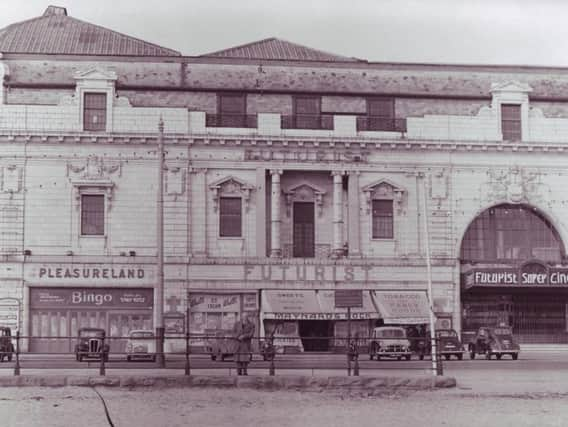Letter: Futurist theatre's hidden facade is a rare find


While researching I came across a registered charity which concerns itself with the preservation of tiling:
The Tiles and Architectural Ceramics Society (TACS) has as one of its major aims the protection and conservation of tiles and architectural ceramics.
Advertisement
Hide AdAdvertisement
Hide AdTo pursue this aim, it relies on members of the public bringing to its attention proposals for the demolition or radical alteration of buildings which have interesting tiles or other ceramic architectural features – whether inside or out.
I notified them and after research a letter was sent to Cllr Derek Bastiman and council employees.
As it is important that the people of Scarborough also know that an expert in renovating historical buildings removed some of the theatre’s infamous cladding for the first time in over 40 years in a bid to determine the condition of the building’s original frontage.
Initial findings reported that the original ceramic facade was in “reasonable condition” for its age and that there was no reason it could not be salvaged. Doulton’s Carraraware, a matt-crystalline-glazed stoneware, was introduced in 1888. It was first used for smaller objects such as vases. The Doulton Story (Paul Atterbury and Louise Irvine, 1979) has it that it was raw-glazed and single fired. In its original whitish form, it was used on several significant buildings around the turn of the century and later an extended palette of colours were developed by Doulton to be specified at Debenham House, the Savoy Hotel and Asia House in London.
Advertisement
Hide AdAdvertisement
Hide AdCarraraware can be found in many of our larger cities in the north of England but not usually with such boisterous and flamboyant decorative moulding, if this is so, it surely lends strength to the argument for retaining it in Scarborough.
Shirley Sheppard
Blandscliff Gallery
Blands Cliff